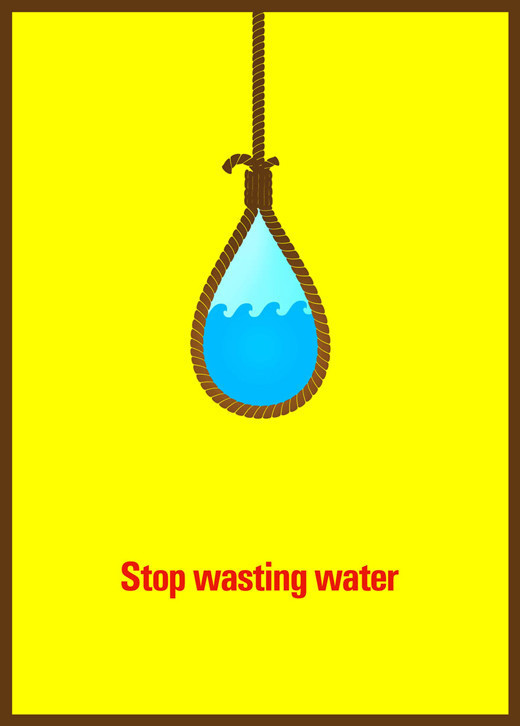30 Jul The Cons of Reverse Osmosis Water Treatment
Posted at 12:00h
in Our Drinking Water
- With reverse osmosis, beneficial alkaline minerals will also be filtered out along with harmful substances, making water highly acidic and bad for your health.
- Water with less or zero alkaline content has a tendency to neutralize its acidity by absorbing and taking away calcium and other beneficial minerals in the body.
- Reverse osmosis can leave drinking water tasteless and unappealing.
- Highly acidic water can corrode metals like the ones used in household appliances and even home plumbing systems.
- Some experts believe that reverse osmosis is not enough in purifying chemically-treated water distributed through water systems in municipalities and cities.
- For every 1 gallon of purified water produced, an average of 3 to 8 gallons of water is wasted in reverse osmosis, making it one of the most costly treatment methods available for home use.
- Reverse osmosis systems can only purify an average of 15 gallons a day, so it is a very slow home water treatment method compared to other filtration systems.
- Using this system has a lot of hidden costs which includes regular replacement of filtration membranes.
- Installing or repairing a reverse osmosis system at home can be difficult, requiring homeowners to spend extra on professional installers or plumbers.
- Reverse osmosis is not practical for home use.
